Yesterday, before the stock market closed, I sat down with one of my most successful millionaire students, Jack Kellogg.
In a fraction of the time, he’s managed to profit $12.4 million. Compared to my $7.6 million.
I’m a better teacher than a trader. You should use that to your advantage.
A lot of my millionaire students give back by teaching on live streams. And there’s SO MUCH you can learn from a trader like Jack.
This is what you can expect from one of our trading live streams:
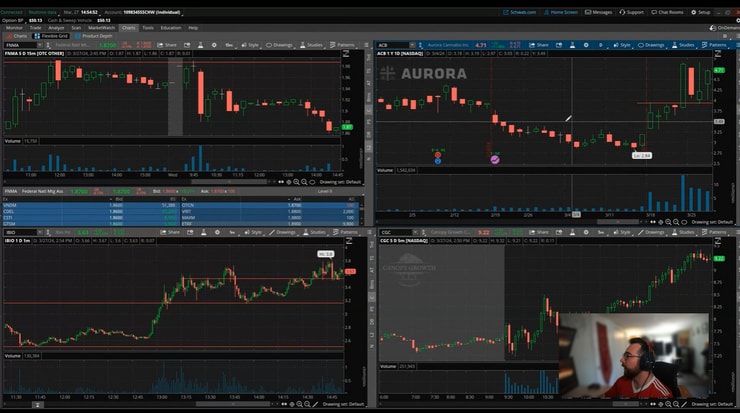
I recorded the whole live stream, and it’s available for Challenge students. But I also wanted to highlight some major points as a good summary.
Table of Contents
#1: Tune In!

We hold live streams every single week.
There are multiple webinars every day. You have no excuse to miss out!
Live streams are the most powerful tool a new trader has.
You don’t know what you don’t know. Especially new traders in the stock market.
Let me shed some light on this industry:
Wall Street has a long history of making money because most people don’t understand the financial jargon and market intricacies. This isn’t rocket science. It’s just made to look like rocket science.
You can spend hours and hours reading books and watching pre recorded videos.
But every study tool pales in comparison to a trading live stream.
- Yesterday Jack and I fielded questions.
- We followed live price action.
- We explained plays and strategies as they were setting up.
You can find the next live stream right here.
#2: Small-Account Advantage

I snagged a $1,275 profit from Cazoo Group Ltd. (NYSE: CZOO) yesterday. My starting stake was $16,365.
It was a textbook play for me.
But Jack Kellogg won’t trade CZOO. His position sizes are too big and CZOO doesn’t have enough liquidity. There’s not enough intraday volume.
For example, yesterday Jack traded a position on Trump Media & Technology Group Corp (NASDAQ: DJT) worth $82,000.
Most new traders don’t have $82,000 to throw at the stock market. I’d even argue that most don’t have $16,000, like my position on CZOO. But here’s the trick: That works to your advantage.
It’s easier to get in and out of comparatively illiquid stocks when a trader’s position size is smaller.
More Breaking News
- Color Star Tech’s Unexpected Surge: What’s Fueling ADD’s Growth?
- Growth or Bubble? Decoding the Rapid Rise of Intra-Cellular Therapies (ITCI) Stock
- Is Firefly Neuroscience’s Stock Ready for Liftoff After Recent Developments?
Start small and scale up as you improve.
#3: Jack’s #1 Tip

All new traders:
Jack said the most important part of his journey was learning a little bit of everything.
Everyone’s different. Everyone will see the market a little differently. Some strategies make more sense depending who you are.
The more you learn at the beginning, the greater the chance you’ll find what works for you.
Here are some links to get you started:
How To Catch The Next Weekend Runner.
How To Find Stock Spikes In Time.
How Losses Affect My $7.6 Million Profits.
How To Build Wealth In This Hot 2024 Market.
#4: Support And Resistance

One of the most important factors when we look to trade a stock: Support and resistance levels.
Volatile stocks like to trade between key levels. Resistance lies above the current price.Support lies below the current price.
Stocks can consolidate around these levels because people are predictable during times of high stress. Specifically fear and greed.
We can also argue that, at this point, support and resistance levels are also aided by a self fulfilling prophecy. If enough traders know about support and resistance, it will come to be.
Here’s an example from yesterday. iBio Inc. (AMEX: IBIO) spiked 200% yesterday.
The chart below shows support and resistance lines. From the top down I drew lines at $3.75, $3.25, $3.00, and $2.50.
Each candle represents one minute:
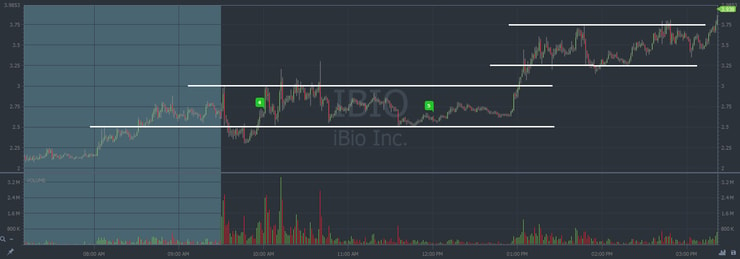
To learn more about support and resistance, and how traders use them to profit, watch my video below:
#5: Pay Attention To Hot Sectors
We can find the next hottest plays by watching the hottest sectors.
Right now that means:
- Weed stocks.
- This donut stock.
- The newly merged Trump stock: Trump Media & Technology Group (NASDAQ: DJT)
- And AI stocks.
Like I said, this isn’t rocket science!
Start paying attention and it will all start to click.
Cheers.
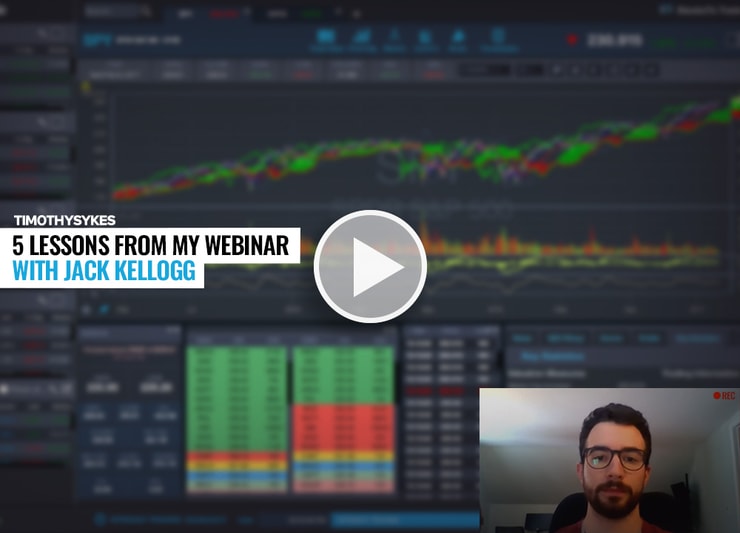
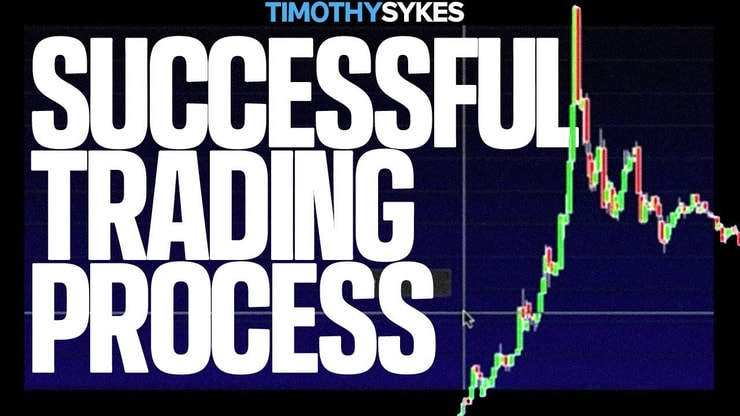
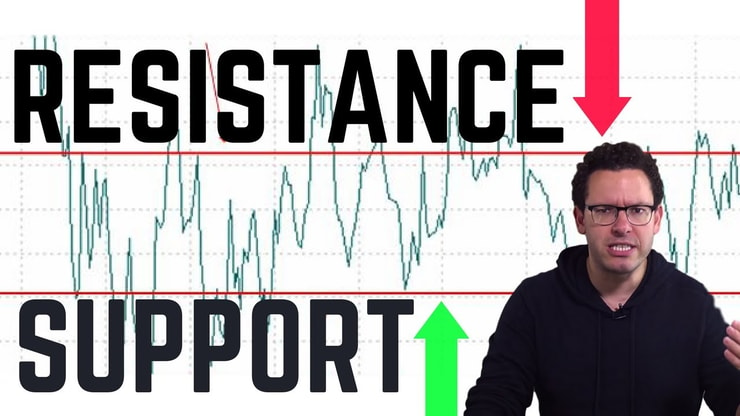
Leave a reply